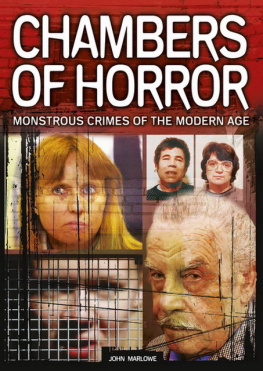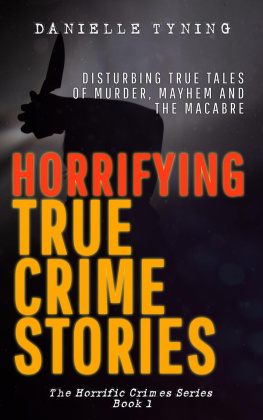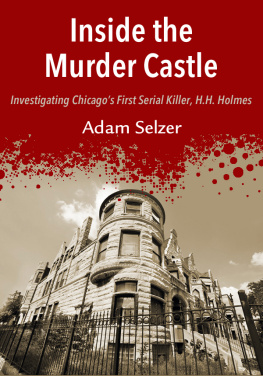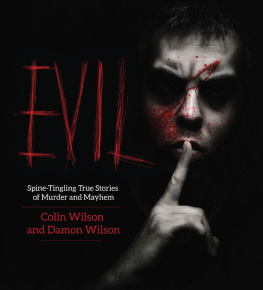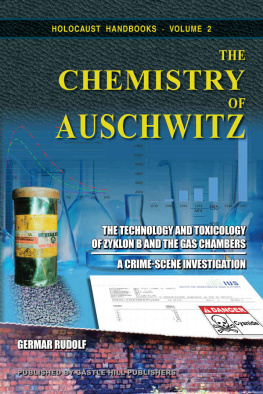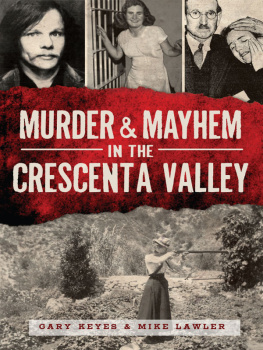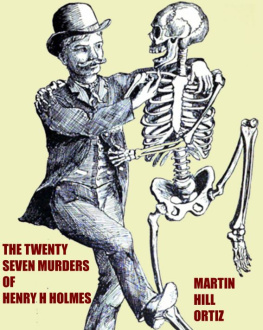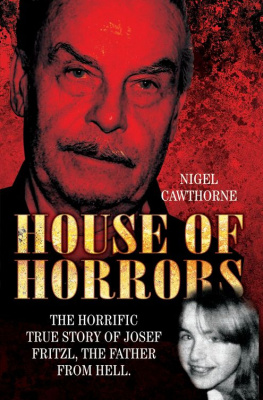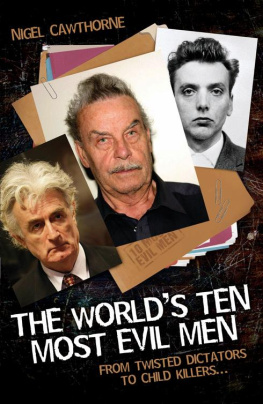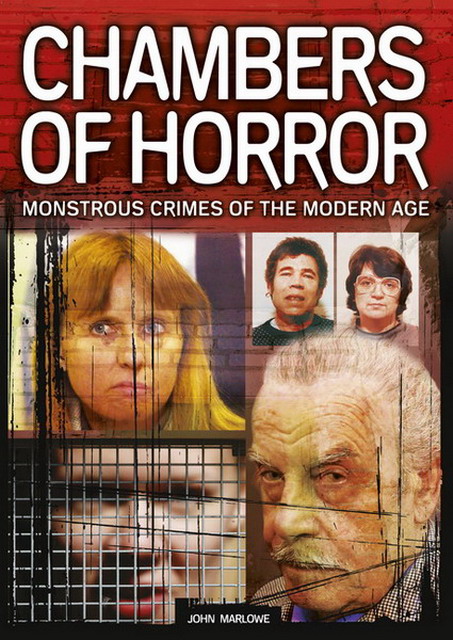

This edition published in 2012 by Arcturus Publishing Limited
26/27 Bickels Yard, 151153 Bermondsey Street,
London SE1 3HA
Copyright 2011 Arcturus Publishing Limited
All rights reserved. No part of this publication may be reproduced, stored in a retrieval system, or transmitted, in any form or by any means, electronic, mechanical, photocopying, recording or otherwise, without written permission in accordance with the provisions of the Copyright Act 1956 (as amended). Any person or persons who do any unauthorised act in relation to this publication may be liable to criminal prosecution and civil claims for damages.
ISBN: 978-1-84858-610-9
AD001564EN
Picture Credits
Cover: Rex Features, Press Association, Getty Images, Shutterstock AP, Photos/Neil Jacobs, Bill Stoneham, Clipart, Darrell James, Getty, Justin Wright (www.lifeofjustin.com), Mathias, PA Photos, Rex Features, Rex Features/ Newspix, Sharon Mollerus, Shutterstock, SoulRider, Topfoto, Zuma Press. For more information contact info@arcturuspublishing.com
CONTENTS
I n the middle of the 19th century, a French immigrant to London constructed what she called her 'Chamber of Horrors'. Its contents were both horrific and shocking. Visitors to the room encountered severed heads on stakes, blood-covered victims and menacing murderers whose crimes were so horrendous that their names are remembered even today. Anna Marie Tussaud ('Madame Tussaud') made a great deal of money from this grisly chamber, which capitalized on the public's thirst for the macabre.
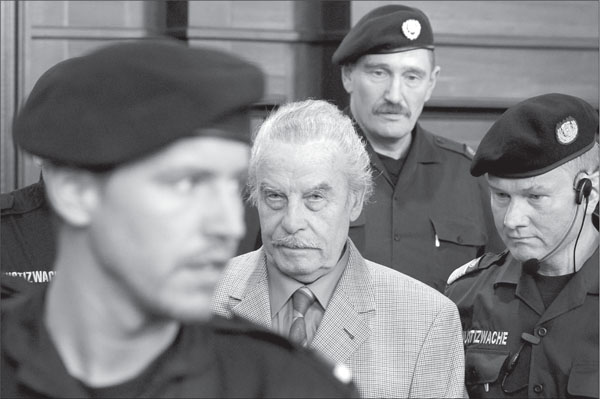
Electrical engineeer Josef Fritzl used his DIY skills to construct an underground prison for his daughter
Nothing much has changed since that time. The public's fascination with the ghastly and the gruesome continues unabated. It can be seen in the tourists who hunt for 10 Rillington Place or who have their pictures taken in front of Marc Dutroux's seven houses. Madame Tussaud's chamber still exists, although it has expanded to become more gruesome than ever, and wax museums bearing her name have spread around the world.
Many other chambers of horror have been built since the time of Madame Tussaud, but some of them have not been restricted to the display of waxworks. In 1983, for example, serial killers Charles Ng and Leonard Lake constructed a special chamber within a concrete bunker, in which they tortured, raped and killed an untold number of women. Austrian electronics engineer Josef Fritzl was no less heartless and calculating when he held his daughter prisoner in a series of specially-built subterranean chambers. She remained there for 24 years while her father sexually abused her on a daily basis. Some of the children she bore were also imprisoned.
Depraved as these men were, their actions are overshadowed by the sheer scale of the crimes that were committed by H. H. Holmes, the medical doctor who built over one hundred windowless rooms in a vast Chicago 'castle'. Within their soundproofed walls he tortured, mutilated, raped and murdered his many unsuspecting victims.
A lot of the monsters in this book did not go as far as building special chambers in which to perpetrate their ghastly crimes: their violent acts were committed in everyday rooms within their own unassuming houses. Fred West and his wife Rosemary dedicated a specific area of their home to their activities, while David Parker Ray set aside several rooms in his rural New Mexico bungalow. Each of the rooms was fitted with a range of implements that matched a specific type of torture, but none of them were as well-equipped as the semi-trailer that was parked in his front garden.
Ray called the trailer his 'Toy Box', while Fred West referred to the cellar he had adapted for rape as 'the Torture Chamber', but most of these degenerates had no special names for the rooms in which they committed their crimes. More often than not, their chambers of horror were simply known as 'the bedroom', 'the kitchen' or, ironically, 'the living room'.
What happens to these houses and apartment buildings once their secrets are revealed? Abduction, torture and murder can have a very negative effect on property values, yet most of them are still standing. There are some exceptions. The home Karla Homolka once shared with husband Paul Bernardo, a charming little house facing Lake Ontario, has been torn to the ground. Its destruction was prompted by the memory of the horrific crimes that had taken place within its walls.
The house in which Fred and Rosemary West carried out their abominable crimes stood empty for years after its occupants had been taken away in handcuffs and their children had been removed. In 1997 it was sold at auction for a bargain price and three years later it was sold for a second time. The buyer planned on renting it out, but with no takers the three-storey house was eventually demolished. A very attractive walkway has been built in its place.
The rubble from 25 Cromwell Street was taken away and pulverized at a secret location, far from the public gaze, because it was thought that the fragments would have attracted the wrong sort of attention. During its years of notoriety the house had been the target of souvenir-seeking vandals, who had taken pieces of the property as mementoes.
Number 10 Rillington Place once the most notorious address in England, if not the world stood for nearly two decades after its tenant, John Reginald Christie, was arrested. Once the bodies had been taken away and the investigation into the murders had been concluded, the house was again rented out. The address gained a whole new set of tenants, who seemingly had no qualms about using a kitchen that had once contained three putrefying bodies. In 1970, a film, 10 Rillington Place, was made about Christie's crimes, but the tenants refused to vacate the premises so the film crew had to use Number 7 instead. The scene of Christie's infamous activities was demolished in the following year, but that was only because it was part of a massive redevelopment project. Camera crews were swiftly dispatched to film its destruction.
John Marlowe
Montreal, Quebec, Canada
MICHAEL ALIG
Bathroom Bloodbath
A t the corner of 20th Street and 6th Avenue in Manhattan stands an impressive Gothic Revival building. Designed by the respected 19th-century Anglo-American architect Richard Upjohn, it owes its existence to William Augustus Muhlenberg, a Protestant Episcopal clergyman. The building began its life as the Church of the Holy Communion John Jacob Astor and Cornelius Vanderbilt were among its parishioners.

Party animal Michael Alig was a flamboyant gossip with a taste for celebrity
The Reverend Muhlenberg hoped that the building would provide 'an oasis of Christian activity in the city'.
There was certainly a lot of activity. For over one hundred years, the church played an important role in the advancement of women, minorities and the poor within the community. By 1976, however, its once large congregation had dwindled to such an extent that it merged with two neighbouring parishes. The deconsecrated building became a drug rehabilitation centre and then a nightclub called the Limelight. Finally, in 1996, this former oasis of Christian activity became linked with one of New York's most talked-about murders.
Next page
